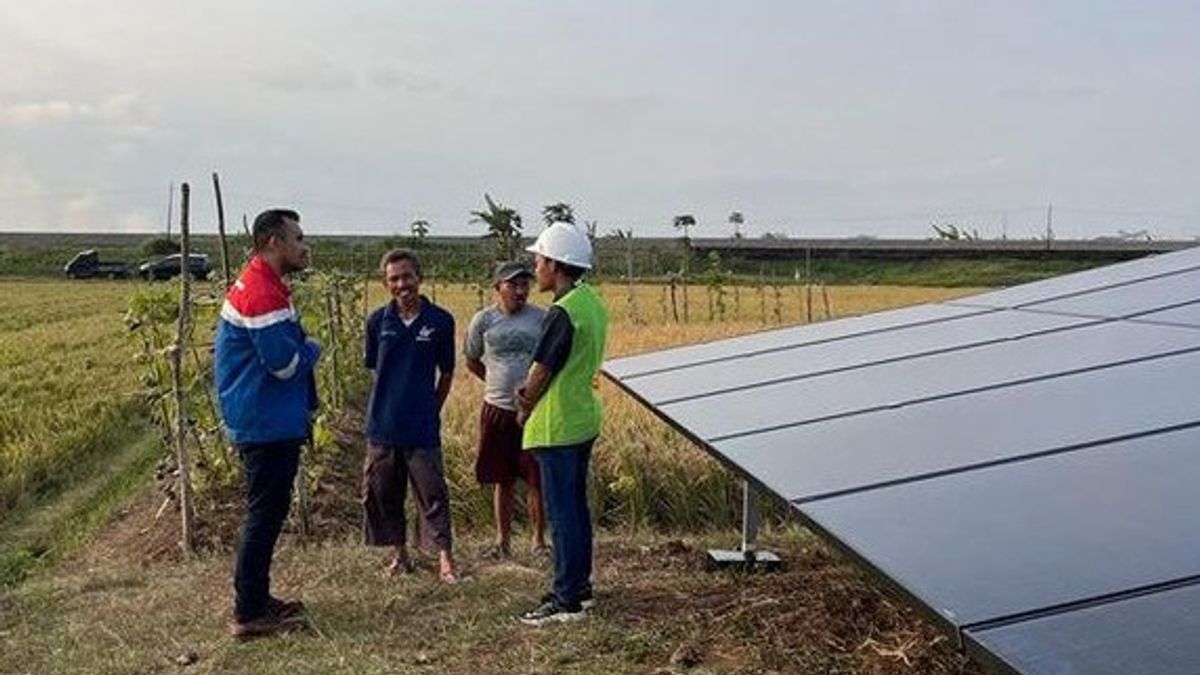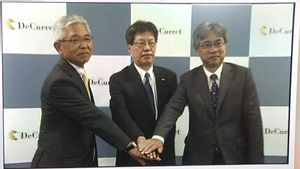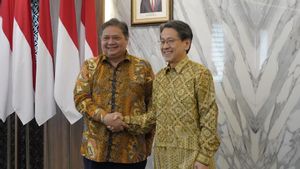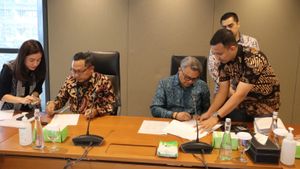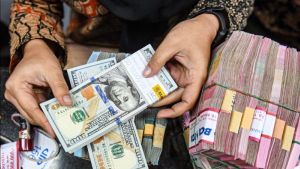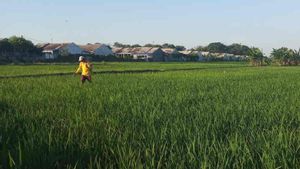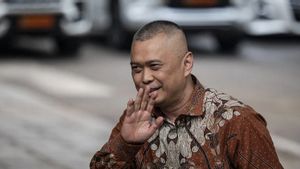JAKARTA - As of October 2023, Pertamina's net energy has reached 63 villages throughout Indonesia. By utilizing solar, water, wind and biogas energy, Pertamina's Dikari Energy Village has succeeded in reducing carbon emissions by 565,978 tons each year. Pertamina's VICE President Corporate Communication Fadjar Djoko Santoso said Pertamina continues to be committed to accelerating the use of renewable energy throughout Indonesia as support for the government's target of achieving Net Zero Emission (NZE) by 2060.
"The Energy Village is Pertamina's real action in accelerating the energy transition for the community. This program has received a lot of world appreciation because it not only reduces emissions but also drives the wheels of the village economy," said Fadjar in a statement to the media, Saturday, October 14. Fadjar added, until 2023 Pertamina targets 66 Dikari Energy Villages spread across Sumatra, Java, Sulawesi, Kalimantan and Papua. Most recently, Pertamina has built an Independent Energy Village in 5 locations, namely Sruni Village in Central Java, Cindakko Hamlet in South Sulawesi, Prakat Baru Village and Saliki Village in East Kalimantan, as well as East Bunyu Village in North Kalimantan
SEE ALSO:
In these 5 villages, Pertamina built a clean energy installation based on Solar Power Plants (PLTS) and Biogas Power Plants (PLTBio) and generated a total energy of 31,070 watt peaks (WP), "added Fadjar. He added that clean energy installations were carried out based on the needs of each village, with the aim of increasing the residents' economy. As in Cindakko Hamlet, South Sulawesi which is at an altitude of 600-800 MDPL, so that it does not yet have an affordable Electricity Resources and is quite Difficult to mobilize Gas, the community uses renewable energy for electricity for the production of Madu and Food Olahan products from forest products. Meanwhile in East Bunyu Village in North Kalimantan, and Prakat Baru Village in East Kalimantan, clean energy is used to support agricultural and livestock activities. Whereas in Saliki Village, East Kalimantan, Renewable Energy can support the needs of local residents' water access, where local Water Supply Company access (PDAM) is unaffordable. In Sruni Village, Central Java, the community uses renewable energy utilization facilities and infrastructure to channel biogas yields from Limbah Water Processing Installation (IPAL) to residents' homes. As long as you know, the Urban Energy Village program was run by Pertamina since 2019 and has produced the benefits of 210,950 Wp solar Power Plant energy, 605,000 m3/yr biogas and methane gas energies, 8,000 watt microhydro energy, 6.500 liters of biodiesel energy per year, as well as 16.500 wp of hybrid energy. The Dikari Energy Village also plays a role in fulfilling the community energy needs and provides an economic impact for 3.201 families with a total multiplier effect of a maximum benefit of Rp1.8 billion per year. The Energy Program of Berdikari Pertamina Berdikari Villages is in line with SDGs point 7 (Nether Energy and Terjangkau), point 8 (Decenter and Economic Growth Work), and Points 13 (Intermination of Climate Change),' concluded Fadjar.
The English, Chinese, Japanese, Arabic, and French versions are automatically generated by the AI. So there may still be inaccuracies in translating, please always see Indonesian as our main language. (system supported by DigitalSiber.id)
